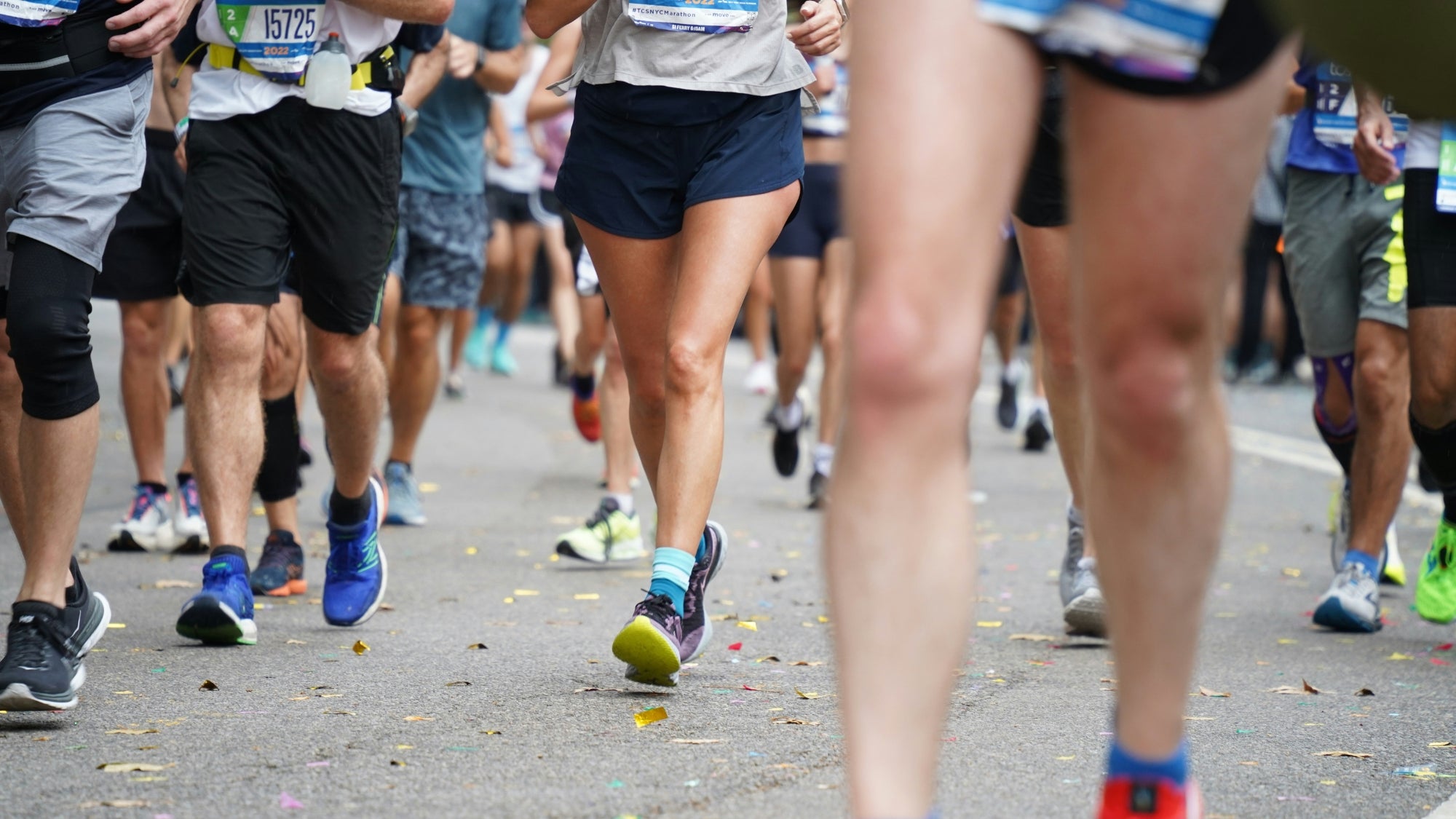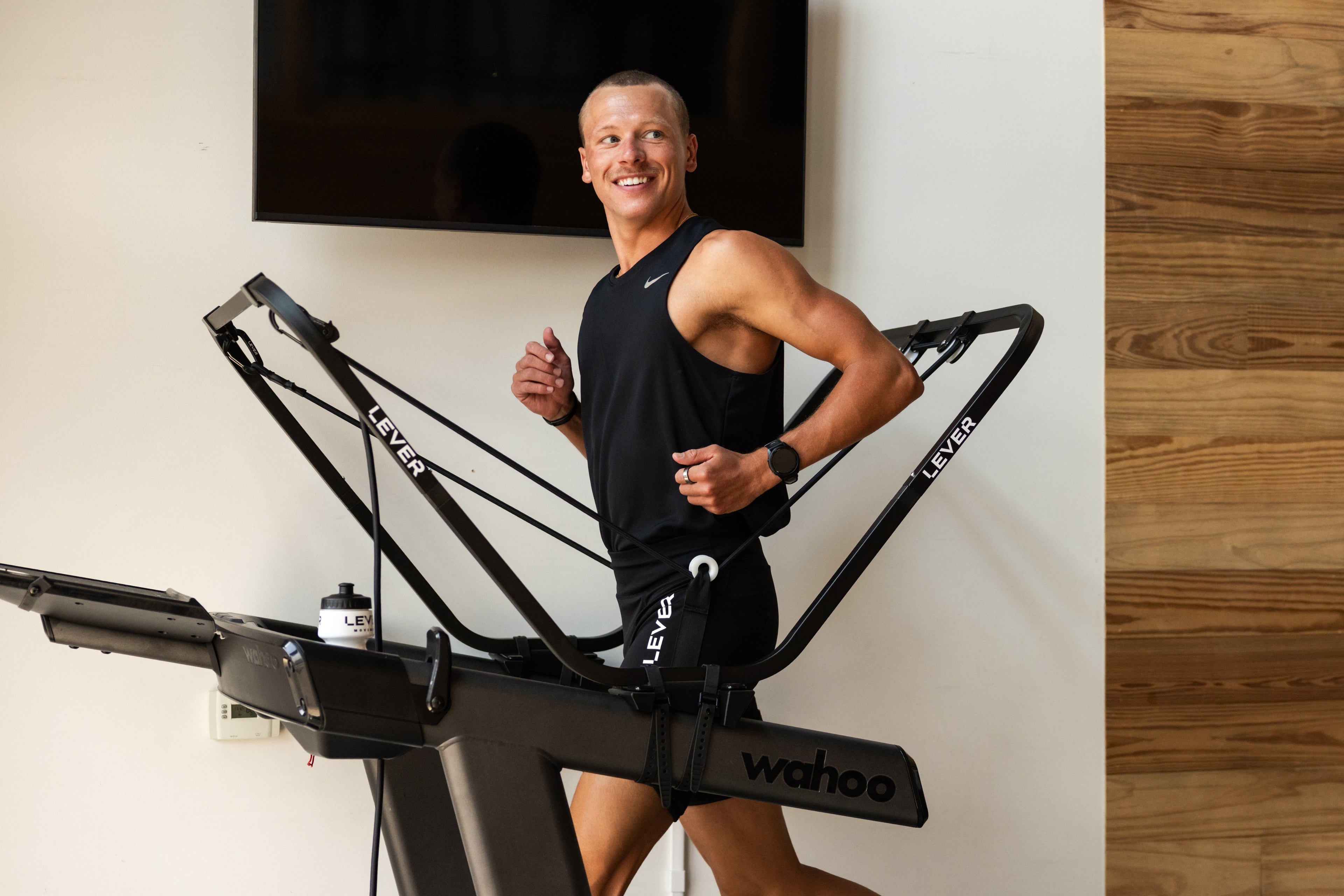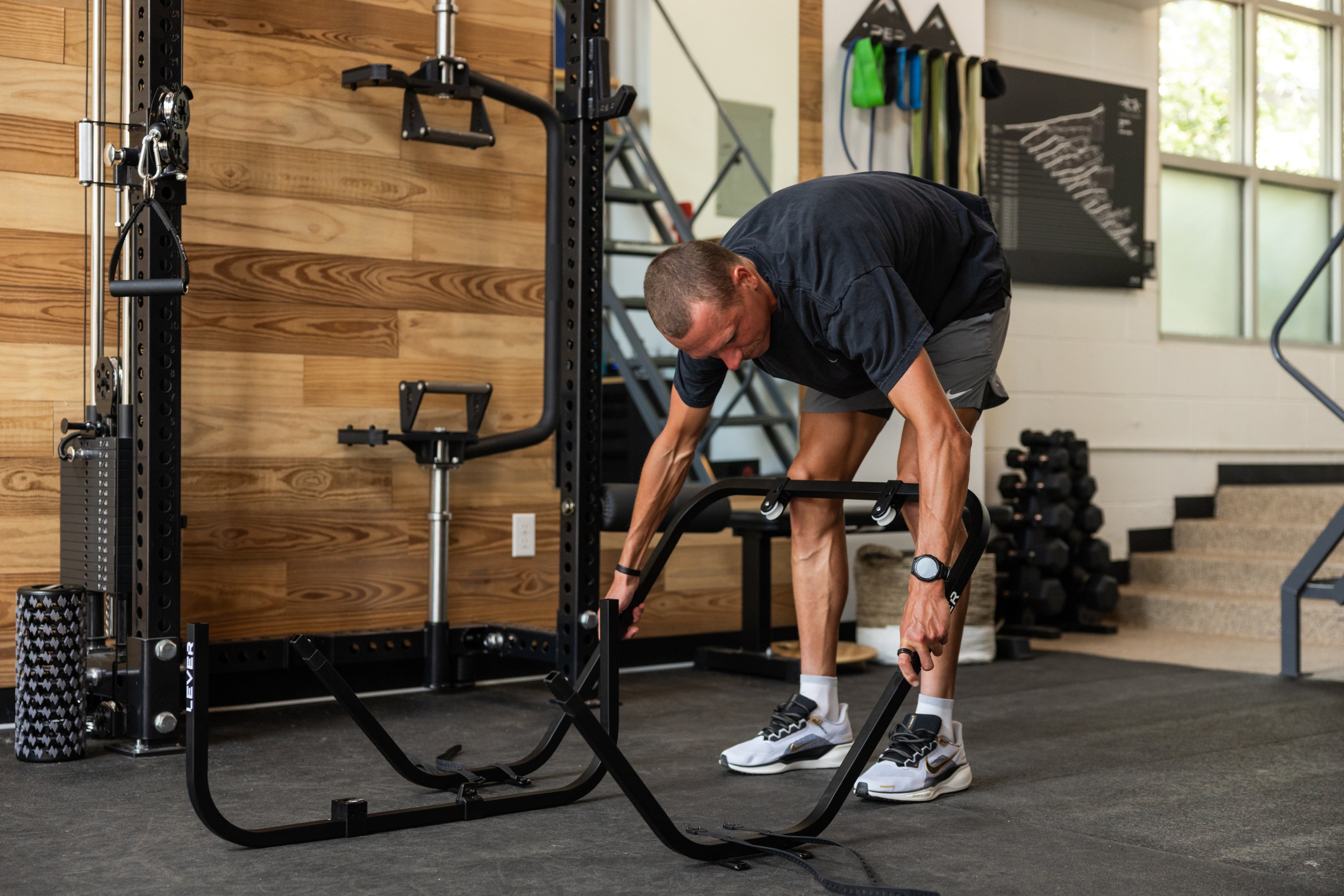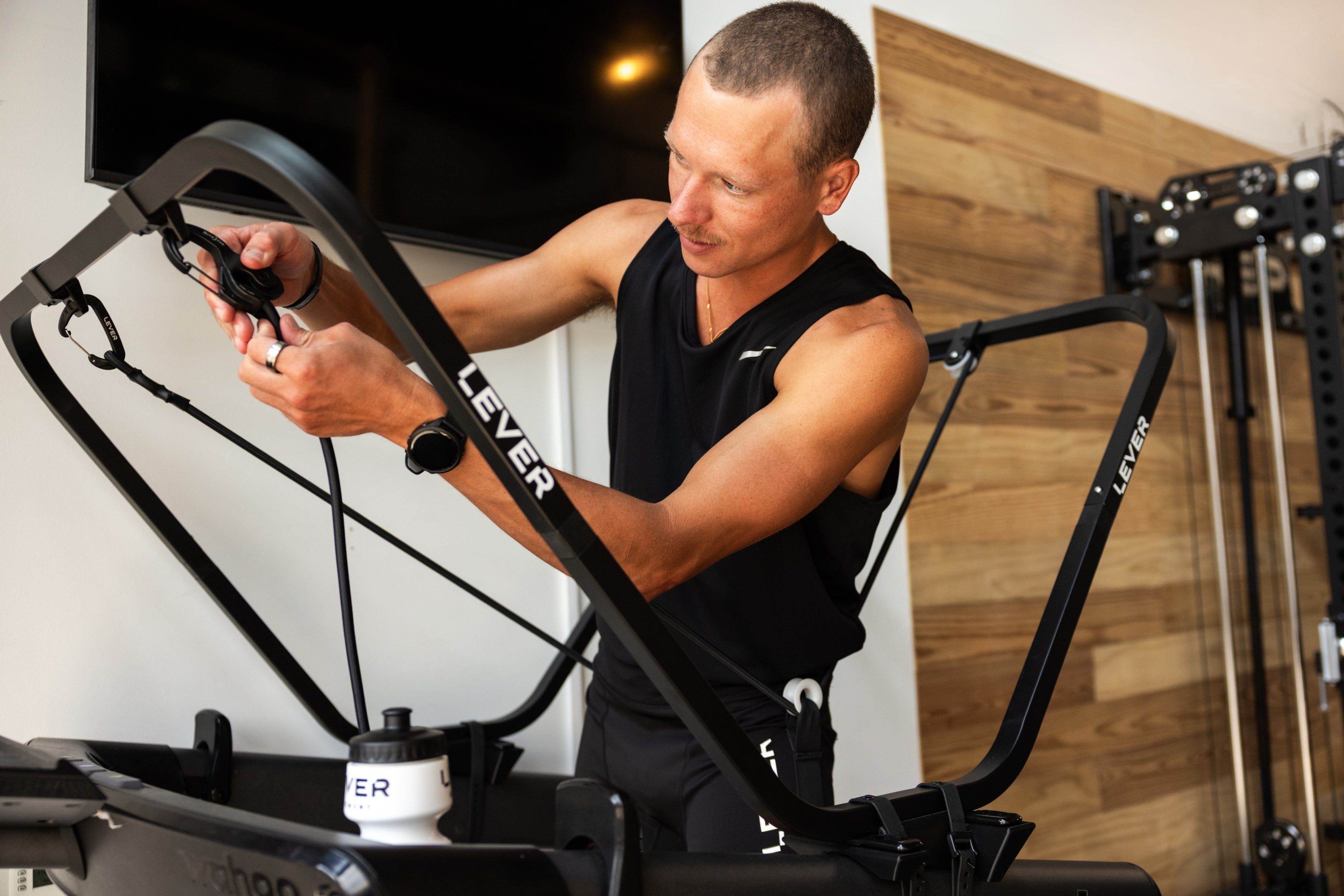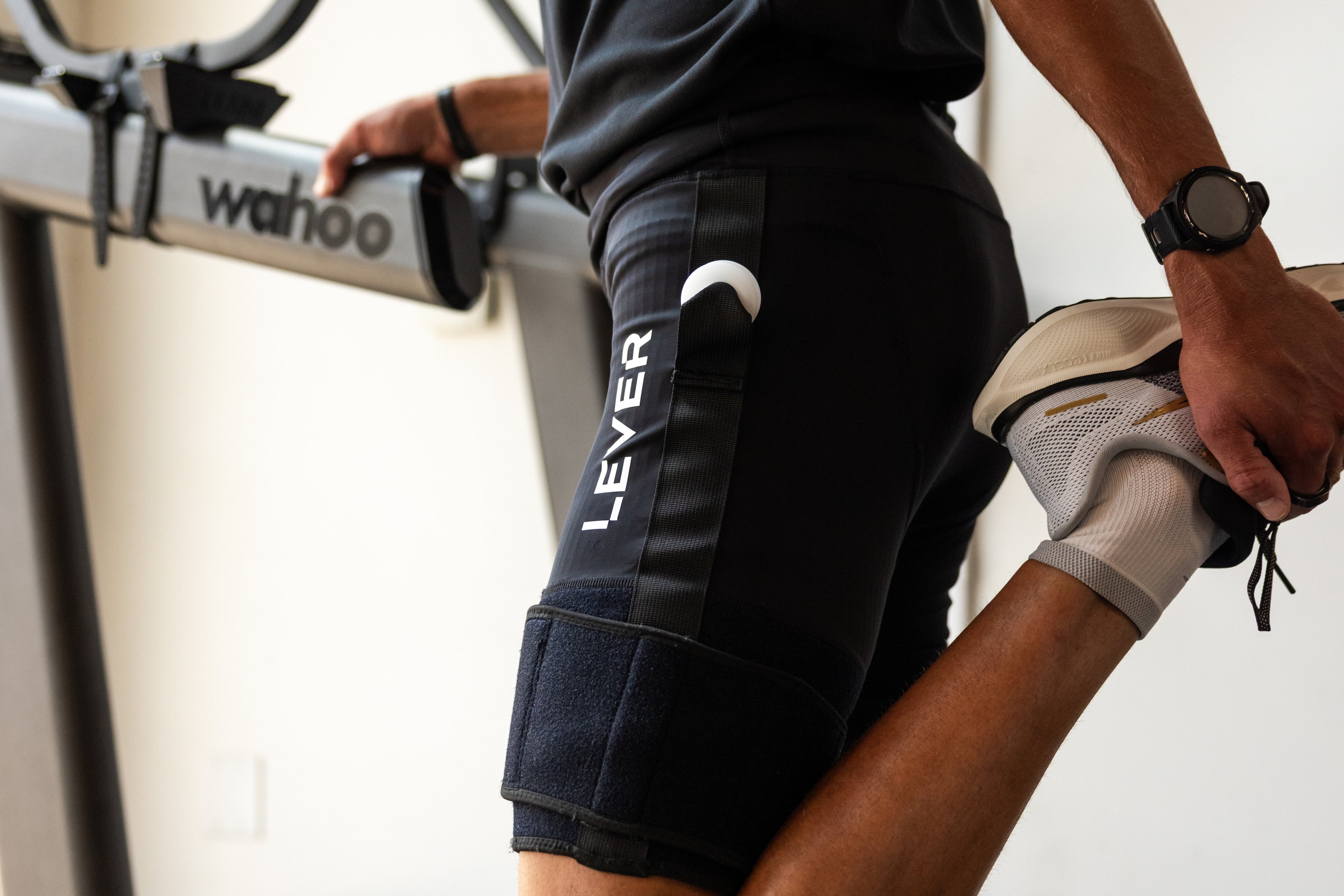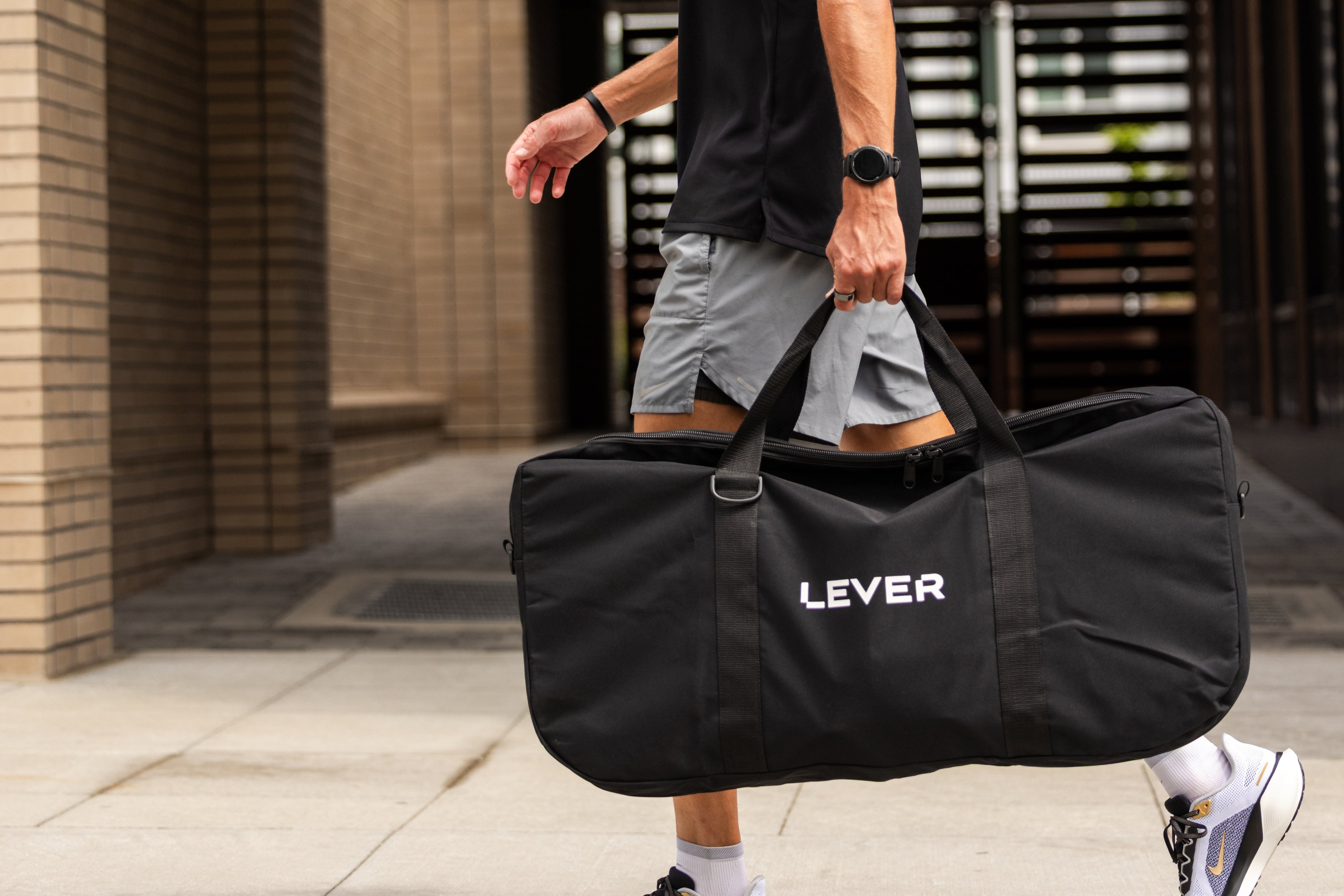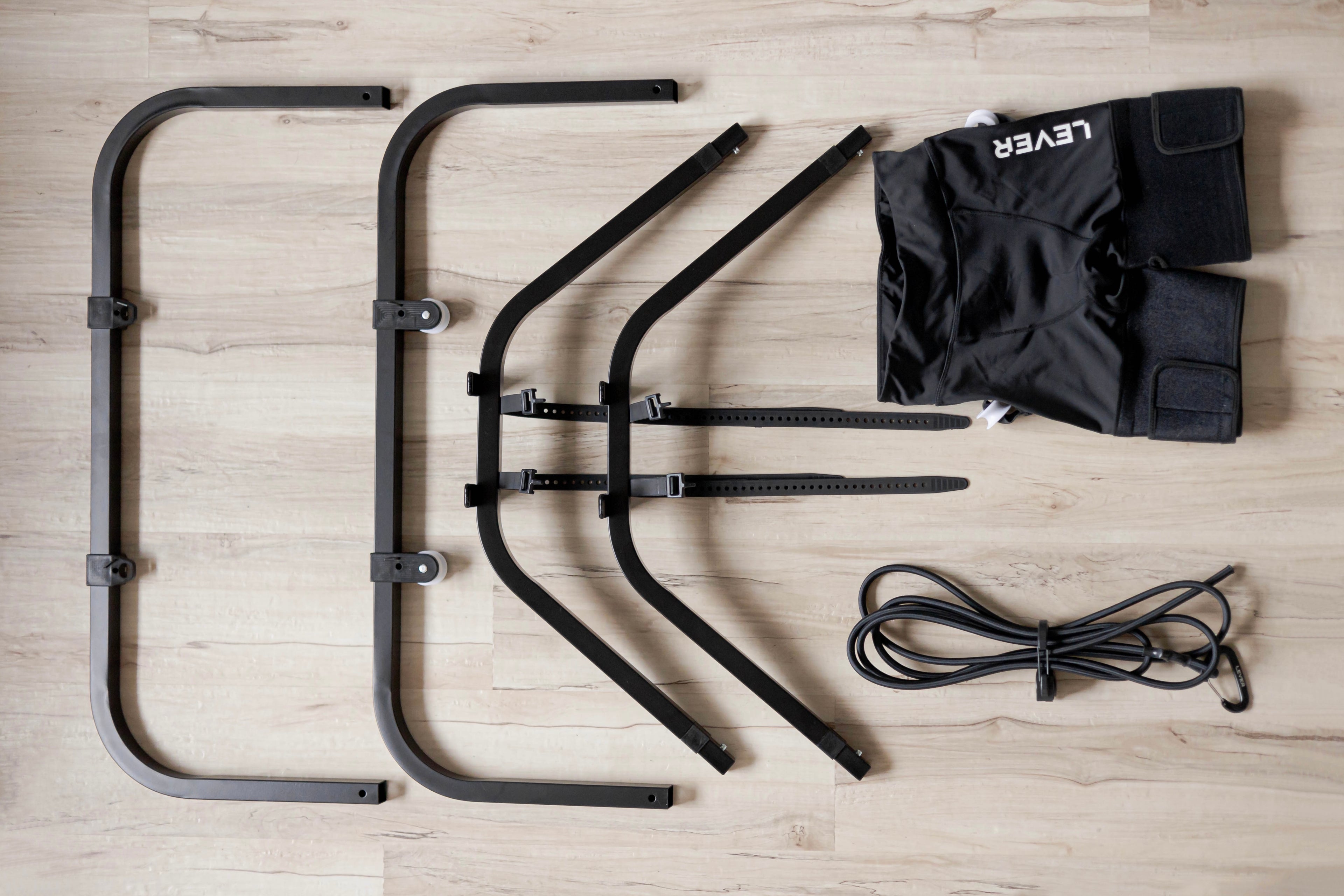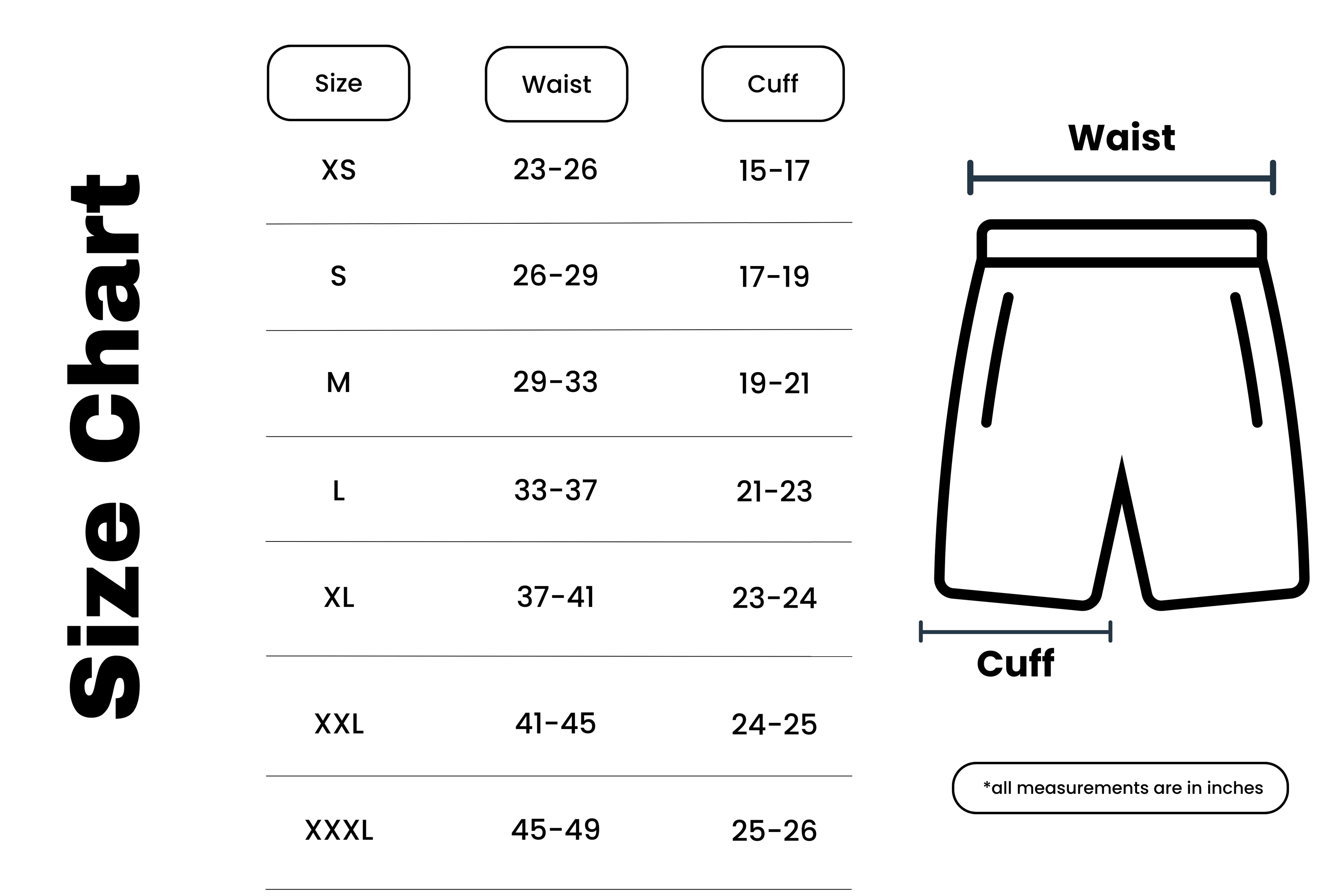The 2024 Chicago Marathon will go down in history as one of the most monumental moments in the sport. With jaw-dropping performances, the women’s elite field shattered the world record, blazing through the course in an astonishing 2:09:57. The men’s field pushed the limits of human endurance, crossing the finish line in a blistering 2:02:43. For every jaw-dropping result, there is a heavy toll on the body.
So what happens to the human body when racing a marathon? And how can runners, from world-class elites to weekend warriors, properly recover after such an intense effort?
What Happens to the Body During a Marathon?

Running a marathon is more than just a test of endurance—it's a full-body challenge that pushes athletes physically and mentally. Over the 26.2 miles, the body endures:
-
Muscle Fatigue: Every step leads to microscopic tears in muscle fibers, particularly in the quadriceps, calves, and hamstrings, causing post-race soreness and stiffness.
-
Depletion of Energy Stores: Marathoners burn through glycogen reserves, leaving muscles fatigued and the body running on empty by the final miles.
-
Dehydration and Electrolyte Loss: Despite regular hydration, runners often end up dehydrated by the finish line, which can cause cramping, headaches, and extreme fatigue.
-
Inflammation: The stress of long-distance running increases inflammation throughout the body, which, if unmanaged, can delay recovery and lead to injury.
The Importance of Post-Marathon Recovery
After the race, the body is in a state of repair. Proper recovery not only ensures that marathoners feel better in the short term, but it also helps them avoid injuries and return to training in a healthy state.
Here are five keys to effective recovery:
-
Active Recovery: Light movement such as walking or swimming promotes blood flow, helping muscles recover faster. Even a 30-minute walk the day after the race can flush out lactic acid buildup and reduce soreness.
-
Rehydration and Refueling: It's critical to replace lost fluids and glycogen. Focus on replenishing electrolytes and consuming protein-rich foods to repair muscle fibers.
-
Rest: Sleep is the body’s natural recovery mechanism. Aiming for 8-10 hours of quality sleep in the days following the marathon will support muscle repair and overall recovery.
-
Compression Therapy: Using recovery boots can stimulate circulation, reduce swelling, and speed up muscle repair by applying consistent pressure to fatigued legs.
-
Gradual Return to Running with the LEVER System: Body weight support tools like the LEVER system allow runners to return to training while minimizing impact on sore muscles and joints. This enables a smoother, safer recovery.
How the LEVER System Can Help You Recover Faster

The LEVER system is an invaluable tool for marathon recovery. By reducing the body’s weight by 20-30%, runners can gently return to running without placing undue stress on their already fatigued bodies.
-
Reduced Impact: LEVER allows runners to offload body weight, minimizing the strain on joints and muscles during the recovery phase.
-
Progressive Load: Athletes can start at a reduced weight percentage, then gradually add weight back as they recover, ensuring they stay active without risking injury.
-
Injury Prevention: By incorporating LEVER’s body weight support, runners can maintain fitness while preventing overuse injuries common during the post-race period.
Speed Up Recovery with LEVER Compression Boots

In addition to body weight support, LEVER Compression Boots offer another highly effective recovery tool. After a marathon, the legs endure a tremendous amount of stress, with swelling, soreness, and inflammation often lingering for days. The LEVER Compression Boots help accelerate the recovery process by using dynamic compression to promote blood circulation and reduce muscle soreness.
Here’s how the LEVER Compression Boots can make a difference in your recovery:
-
Enhanced Circulation: The sequential compression pattern helps improve blood flow, ensuring oxygen and nutrients reach fatigued muscles, which supports faster recovery.
-
Reduced Swelling: By applying pressure to your legs, the boots help to reduce swelling and inflammation that naturally occurs after long-distance running.
-
Convenience: LEVER Compression Boots are completely wireless, allowing for easy use anywhere—whether you're at home, on the go, or resting after a race. No cords mean no hassle, making recovery more accessible.
-
Relaxation and Recovery in One: With multiple pressure settings, the boots offer a customizable recovery experience to suit your needs, helping your legs feel fresher and recover faster.
Many athletes, including those at the top of the marathon world, rely on compression therapy to recover quicker and more effectively. The LEVER Compression Boots are an excellent addition to any post-marathon recovery routine. Learn more about the LEVER Compression Boots and how they can help you recover smarter here.
Whether you're chasing world records or just enjoying the sport, the key to a successful marathon journey lies in how well you recover. Tools like the LEVER system ensure that recovery is not just effective but also efficient, keeping you on track for your next great performance.


